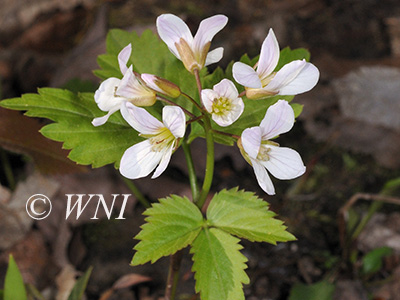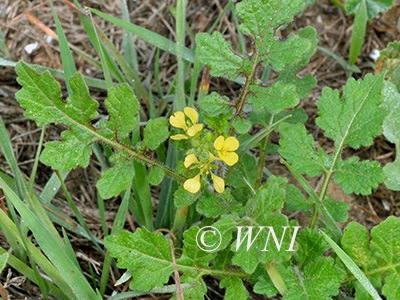| Brassicaceae (Mustard) |
The Brassicaceae (or Cruciferae) contain 372 genera and 4,060 accepted species. They are distributed nearly worldwide, with the highest diversity in the Middle East, the Mediterranean, and western North America. The family is naturally absent some tropical areas including the north-eastern Brazil, the equatorial West Africa, Southeast Asia and Australasia. The majority are annual, biennial, or perennial herbs; some are subshrubs or shrubs, rarely, lianas or trees. Usually terrestrial, rarely submerged aquatics. The stem is erect, pubescent or glabrous, sometimes ascending, or prostrate. The leaves are simple, entire, dentate or dissected; alternate, rarely opposite or whorled. A leaf rosette at the base may be present or absent. The inflorescences (racemes, panicles, or corymbs) are terminal, containing actinomorphic (or zygomorphic) flowers with 4 sepals, 4 alternating petals. The fruit is usually capsular. Seeds of many species have sticky seed coats, facilitating dispersal by animals. The Brassicaceae include important crop plants, but also noxious invasive species, including the Garlic Mustard (Alliaria petiolata).
 |
Twoleaf Toothwort (Cardamine diphylla) |
|
 |
White Mustard (Sinapis alba) |
|
| Unauthorized use of our images is NOT permitted. | ||
| Hotlinking or "pinning" of our images to websites is STRICTLY PROHIBITED. | ||
| Copyright © Michael Patrikeev - All Rights Reserved | ||
| |
||





